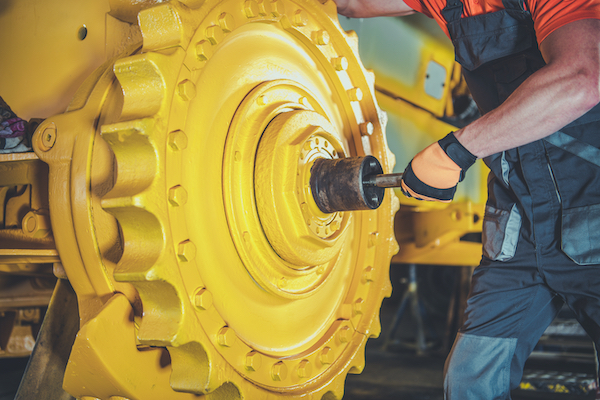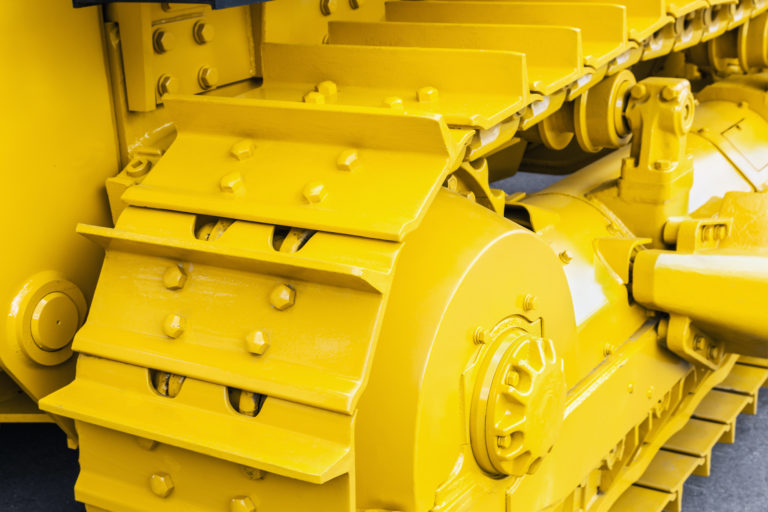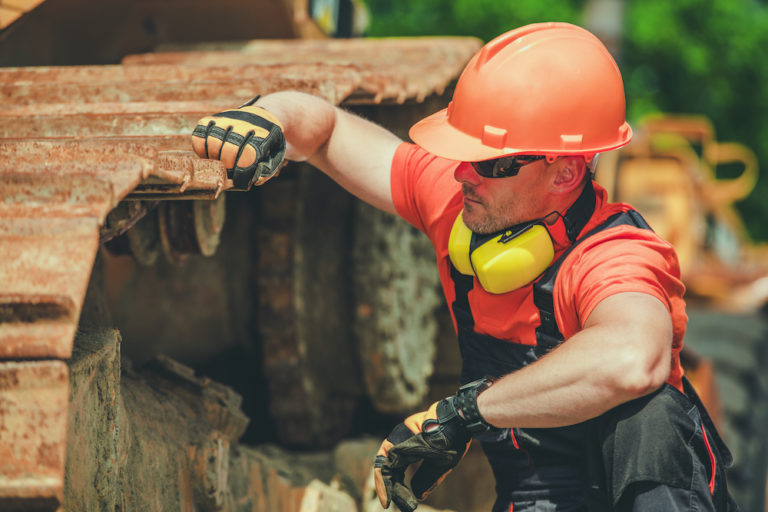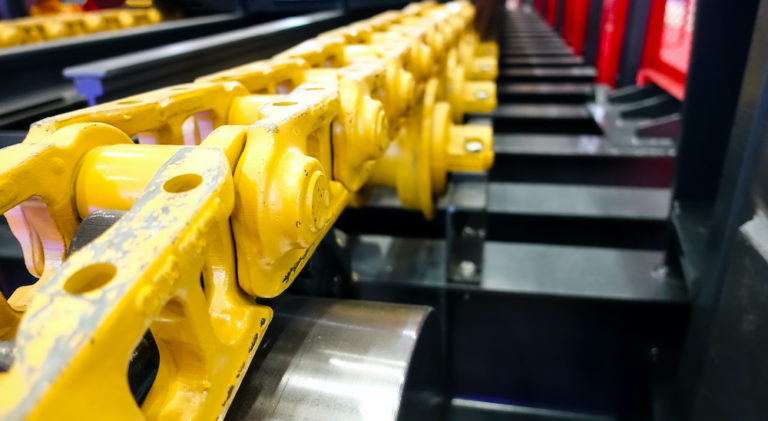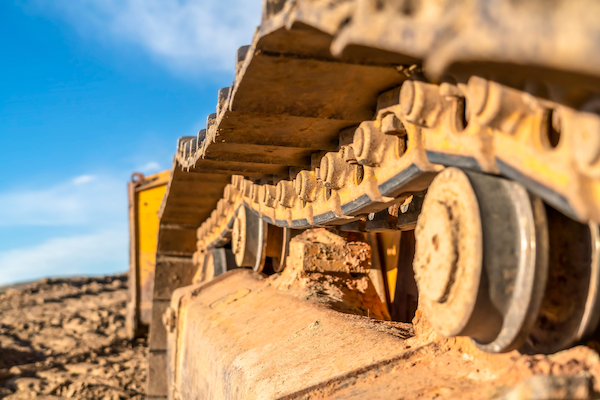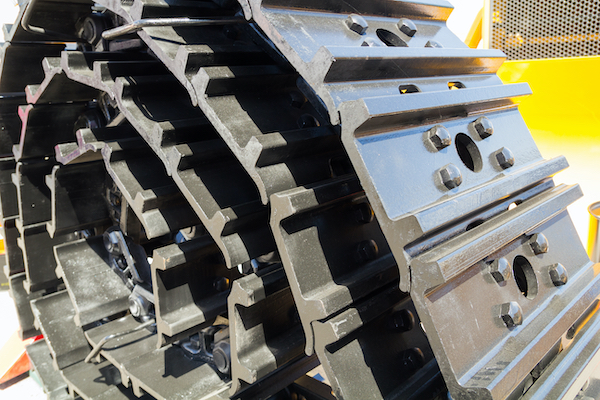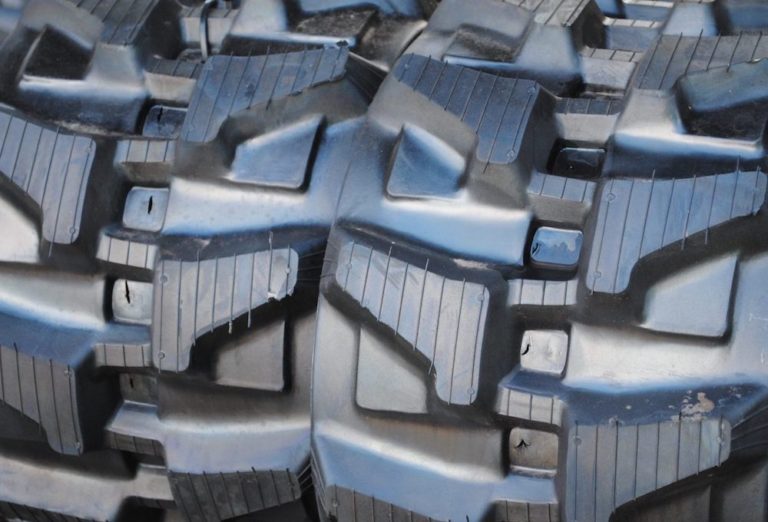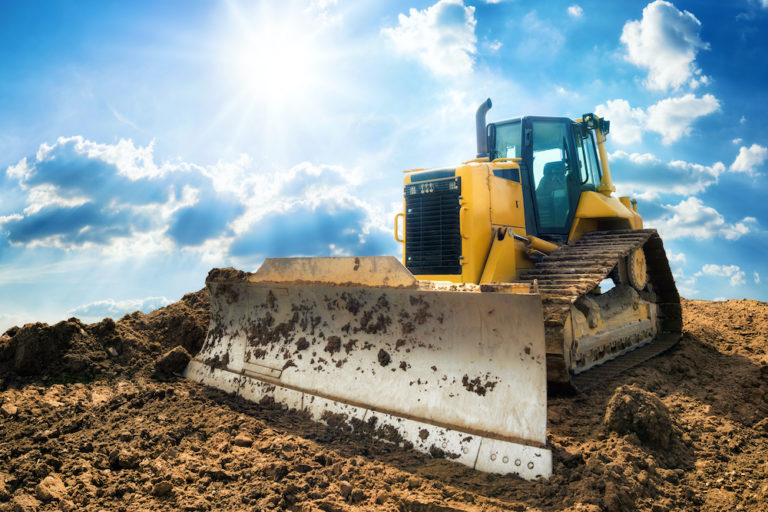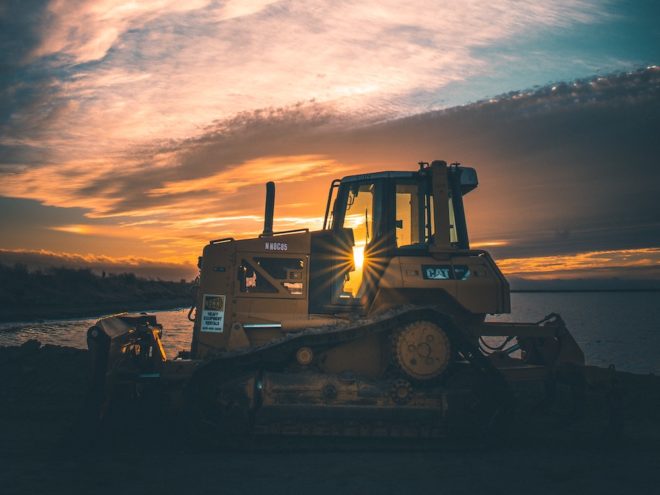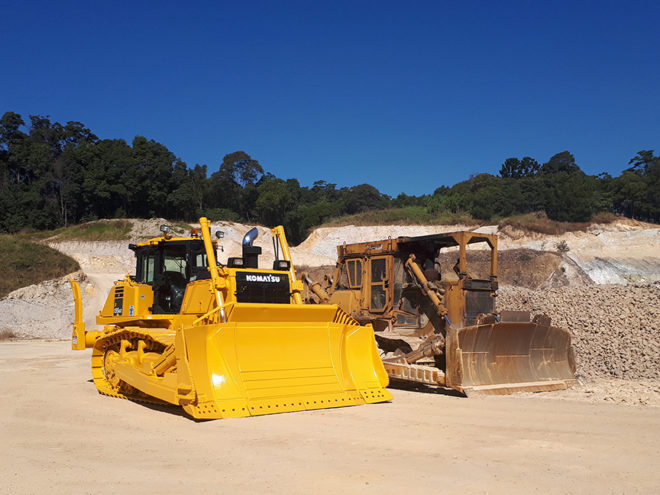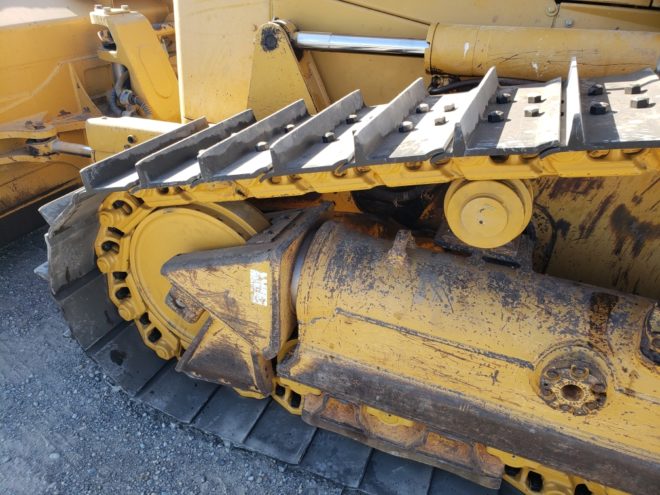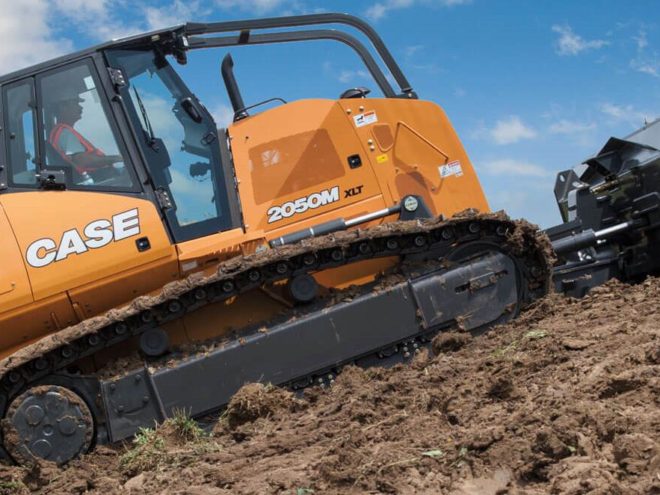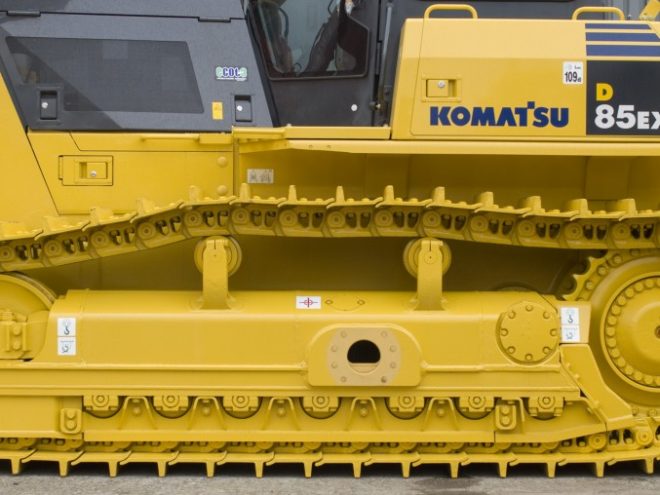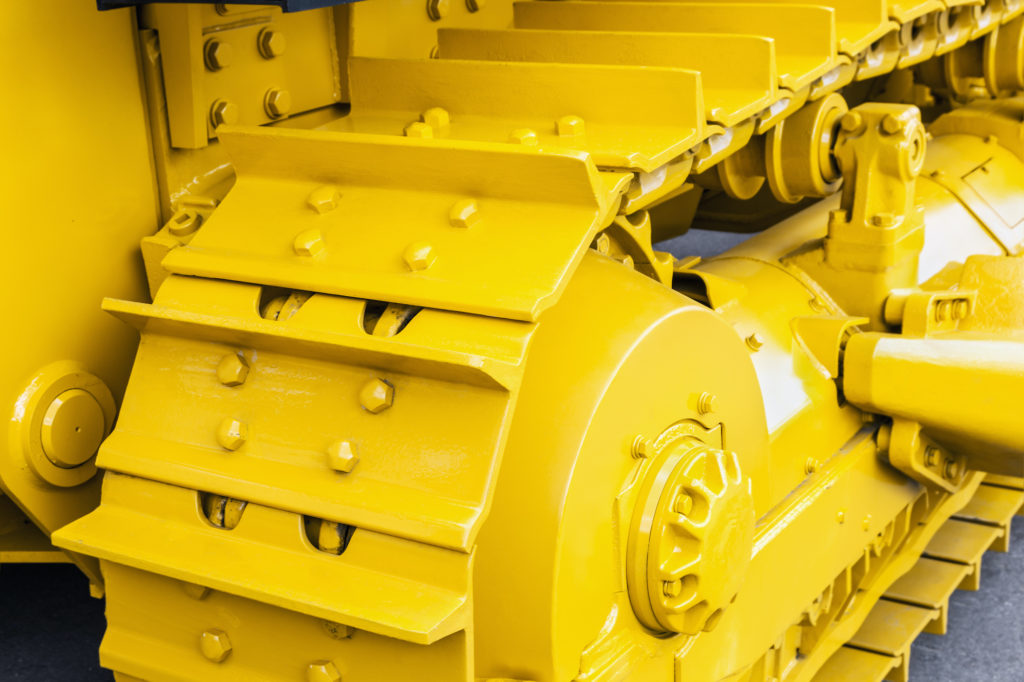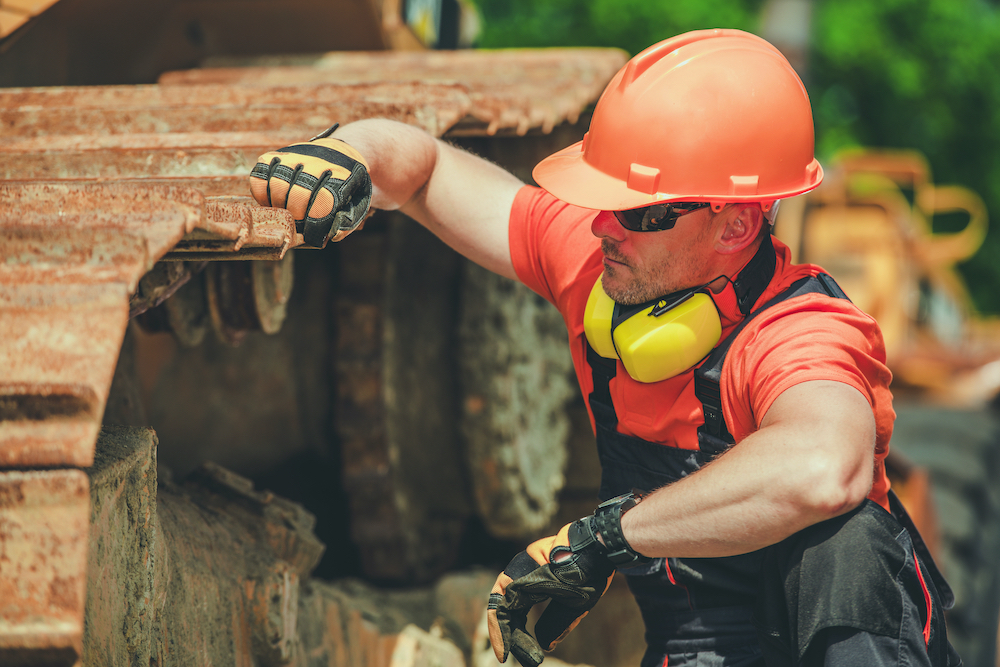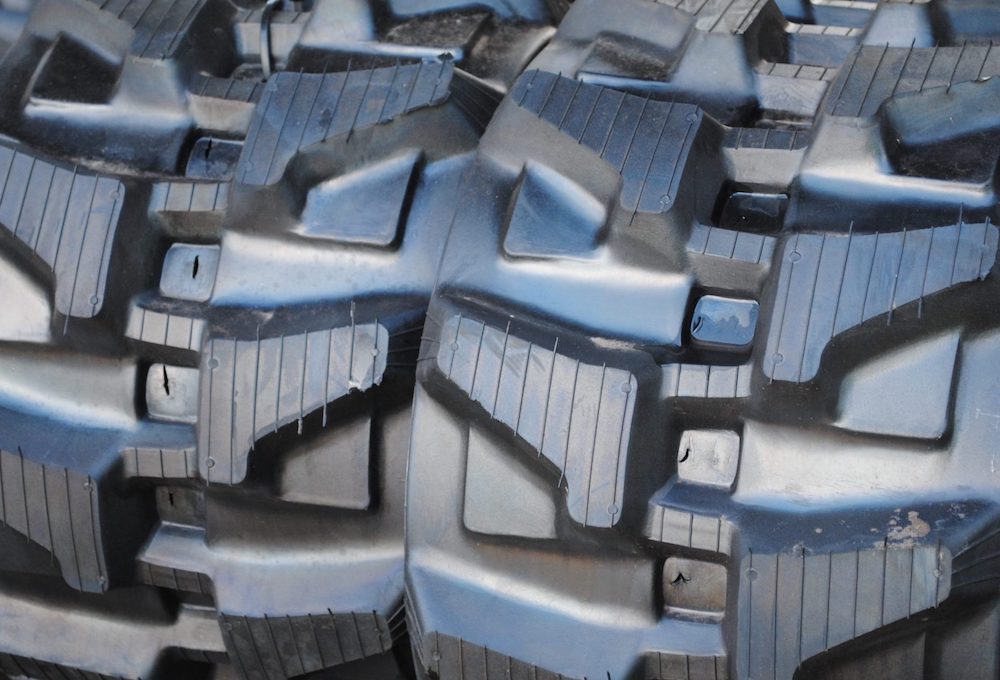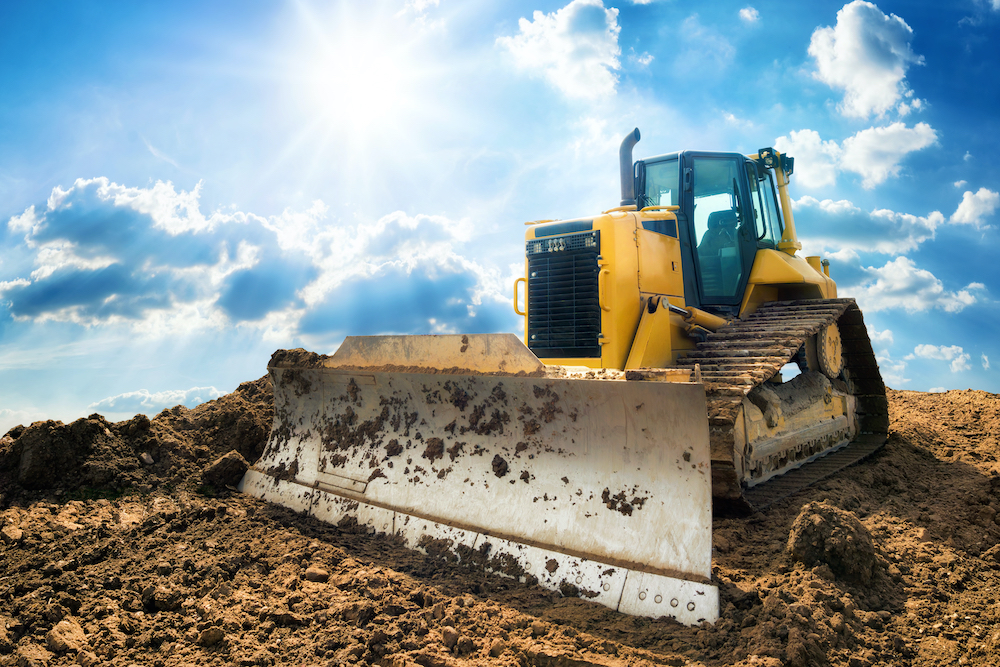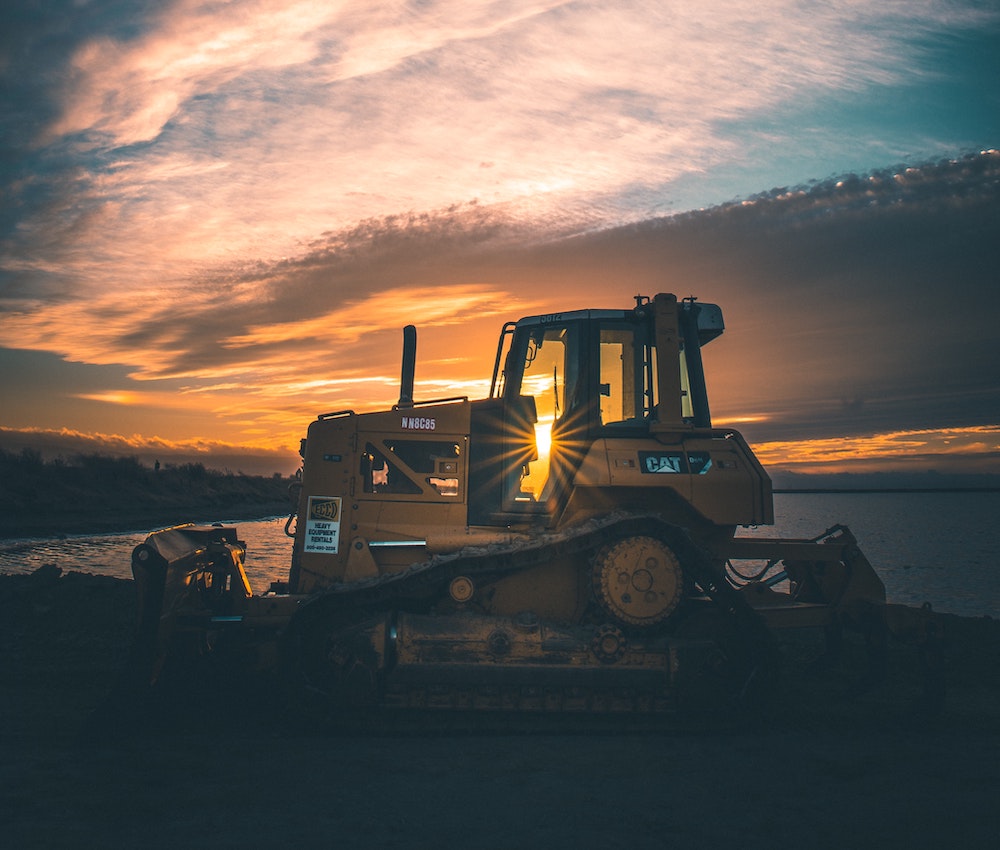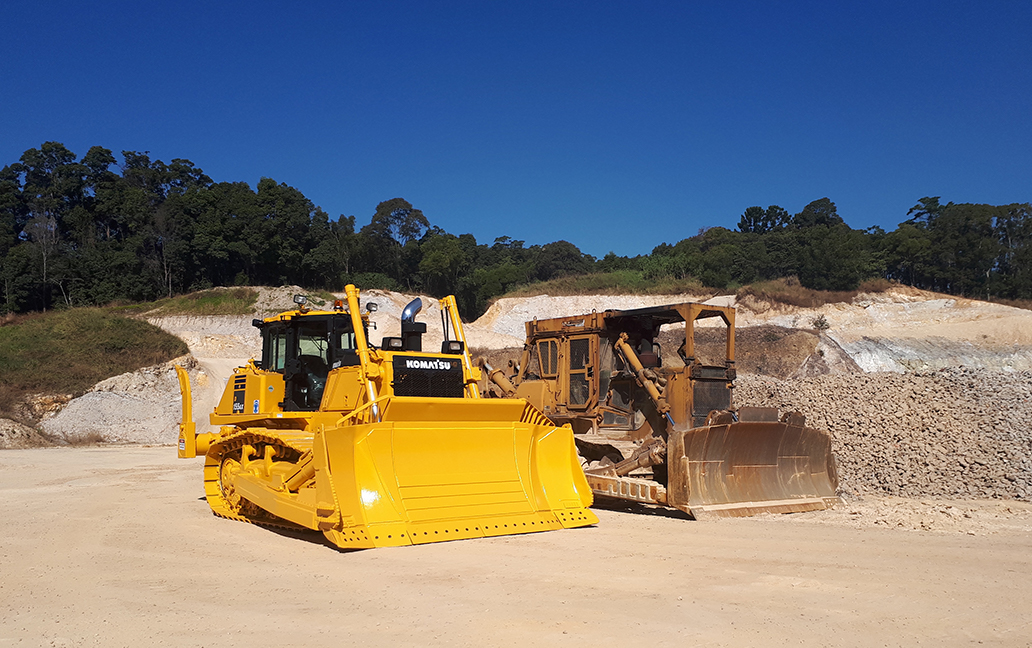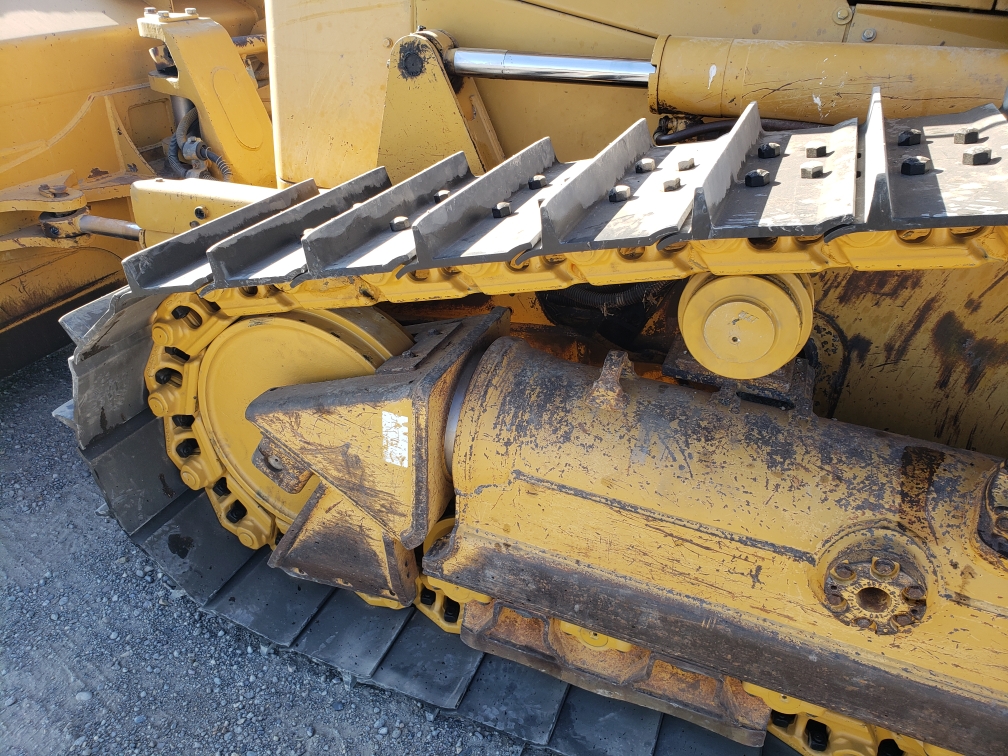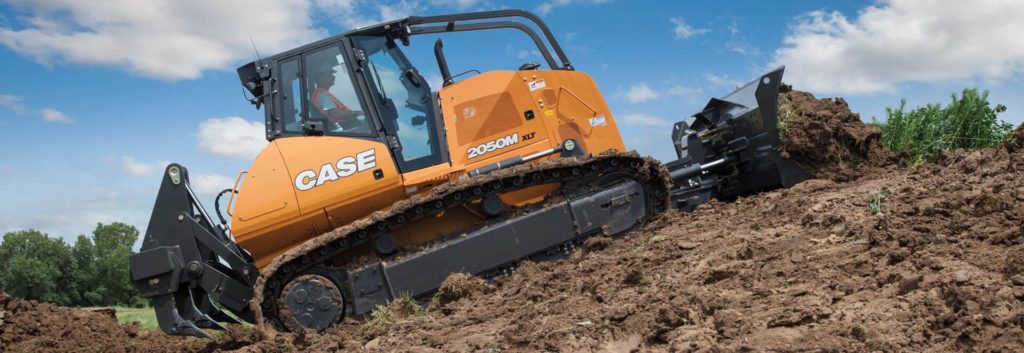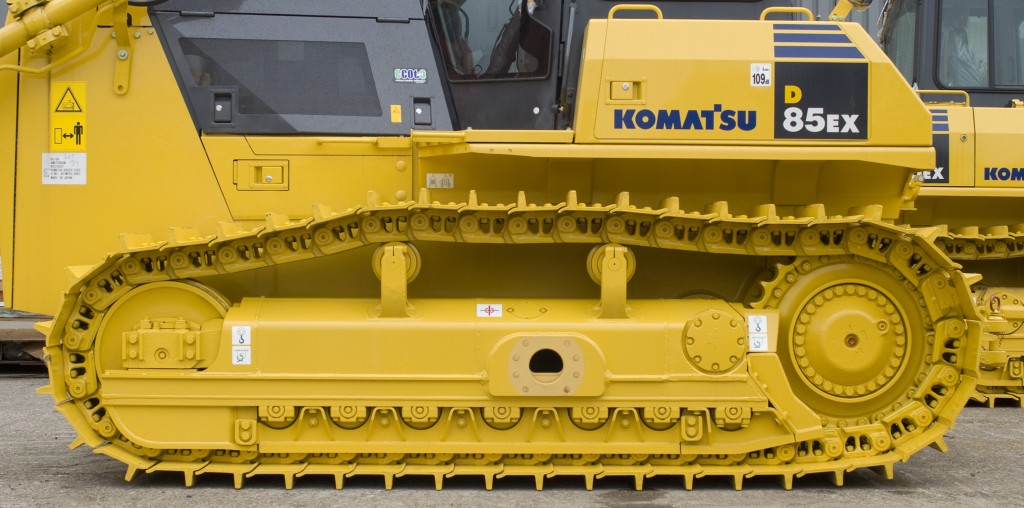Industry Resources
Stay up to date with industry news, maintenance, tips, and more. In addition to supplying you with heavy equipment parts, we also do our best to provide you with helpful industry information. Our goal with our content is to provide you value that will help you make informed decisions regarding your existing or future equipment. If there is a topic you would like us to touch on, please contact us and let us know.
Featured Post
Removing an undercarriage can take a long time, and it should be done systematically with the correct tools. There are variations on removing undercarriages depending on the manufacturer, model and type of undercarriage. This blog will guide people who have no special training or tools on how to remove rollers, idlers and sprockets.
How to replace rollers, sprockets, & idlers on your undercarriage
Removing an undercarriage can take a long time, and it should be done systematically with the correct tools. There are variations on removing undercarriages depending on the manufacturer, model and type of undercarriage. This blog will guide people who have no special training or tools on how to remove rollers, idlers and sprockets.
From The blog
The undercarriage is a crucial part of any machine and nobody likes replacing it. Undercarriage replacement always means taking a machine off the job site for a few days, which impacts production, schedules and the bottom line.
However, not replacing the undercarriage leads to decreased productivity, increased component wear and risk of unplanned downtime in the field, which has an even worse impact on the bottom line than scheduled maintenance.
Undercarriages represent some of the hardest-working components on a machine. Over time, undercarriages can experience significant wear and even damage from daily operations.
Finding wear and damage on your undercarriage involves a visual inspection, as well as several simple tools. First, remove any debris (rocks, hard mud, etc.) caught in the undercarriage, then look for any structural damage or any parts that appear loose.
Pins and bushings often are the first parts on an undercarriage that need maintenance.
There are a number of variables that influence the amount of time before pins and bushings need attention, including application, type of material (soil, rock, etc.) in which the machine is being operated, how the operator operates the machine, maintenance practices, and the manufacturer of the undercarriage.
Undercarriages have a varied lifespan depending on numerous factors, including the quality of the product and the application in which it is used, as well as the operator. However, there are a number of steps you can take as the operator, owner or fleet manager to extend the life of your undercarriage, thereby delaying undercarriage repair and/or replacement.
Purchasing a new undercarriage for a machine can be a daunting task. Undercarriages are big-ticket items and there is a lot to consider when purchasing one. The seven following tips will make purchasing an undercarriage more successful and less stressful.
Rubber tracks are a great alternative to steel tracks when you want or need to reduce damage to vegetation/soil/asphalt/concrete, reduce noise or provide a smoother ride. And, just like steel tracks, rubber tracks will last longer if used appropriately and are properly maintained.
Your first line of defense in protecting machine componentry is mindful machine operation. How a bulldozer is operated has a large impact on the length and performance capabilities of machine components. Read this post to learn more about how you can reduce machine wear on your dozer.
When purchasing an undercarriage (or selecting a machine for a job site/application), you don’t want to choose one that can’t perform optimally in the environment in which it is working, because the machine will break down more frequently and have performance issues.
Komatsu offers a variety of dozer tracks to meet the demanding applications of construction, mining, forestry, and waste. Read this blog to learn more about how you can maintain and prolong your Komatsu undercarriage as well as the six different link assemblies for the dozer.
A dozer’s tracks must be removed when replacing the tracks and when replacing many other undercarriage components. They also need to be removed or adjusted for some undercarriage repair work.
How you remove the tracks depends on the tracks’ master link. Dozers are equipped with one of two types of master links: split master link (also called a “gator clip”) and a master pin link.
Case Construction Equipment (Case) has continued to evolve their M series dozer undercarriages to bring equipment owners longer machine life, greater performance and lower operating costs, says Case. The company introduced the M Series dozer in 2013 and the company boasts their standard Sealed and Lubricated Heavy Duty tracks have a 20 percent increased life compared to the previous track version.
A robust and proactive maintenance plan is key to elongating the lifespan of your excavator undercarriage and money invested in maintaining the undercarriage decreases the chance of component failure, thereby decreasing replacement costs and downtime.
Continue reading by clicking the link below.
Aftermarket VS OEM Undercarriage
The undercarriage is a crucial part of any machine and nobody likes replacing it. Undercarriage replacement always means taking a machine off the job site for a few days, which impacts production, schedules and the bottom line.
However, not replacing the undercarriage leads to decreased productivity, increased component wear and risk of unplanned downtime in the field, which has an even worse impact on the bottom line than scheduled maintenance.
How to measure undercarriage wear
Undercarriages represent some of the hardest-working components on a machine. Over time, undercarriages can experience significant wear and even damage from daily operations. Finding wear and damage on your undercarriage involves a visual inspection, as well as several simple tools. First, remove any debris (rocks, hard mud, etc.) caught in the undercarriage, then look for any structural damage or any parts that appear loose.
HOW TO PROPERLY TURN YOUR PINS AND BUSHINGS
Pins and bushings often are the first parts on an undercarriage that need maintenance.
There are a number of variables that influence the amount of time before pins and bushings need attention, including application, type of material (soil, rock, etc.) in which the machine is being operated, how the operator operates the machine, maintenance practices, and the manufacturer of the undercarriage.
4 TIPS TO EXTEND LIFE OF UNDERCARRIAGE
Undercarriages have a varied lifespan depending on numerous factors, including the quality of the product and the application in which it is used, as well as the operator. However, there are a number of steps you can take as the operator, owner or fleet manager to extend the life of your undercarriage, thereby delaying undercarriage repair and/or replacement.
7 CONSIDERATIONS WHEN BUYING AN UNDERCARRIAGE
Purchasing a new undercarriage for a machine can be a daunting task. Undercarriages are big-ticket items and there is a lot to consider when purchasing one. The seven following tips will make purchasing an undercarriage more successful and less stressful.
HOW TO EXTEND THE LIFE OF YOUR RUBBER TRACKS
Rubber tracks are a great alternative to steel tracks when you want or need to reduce damage to vegetation/soil/asphalt/concrete, reduce noise or provide a smoother ride. And, just like steel tracks, rubber tracks will last longer if used appropriately and are properly maintained.
10 DOZER OPERATING TIPS FOR REDUCING MACHINE WEAR
Your first line of defense in protecting machine componentry is mindful machine operation. How a bulldozer is operated has a large impact on the length and performance capabilities of machine components. Read this post to learn more about how you can reduce machine wear on your dozer.
CHOOSING THE RIGHT TRACKS FOR YOUR CATERPILLAR EQUIPMENT
When purchasing an undercarriage (or selecting a machine for a job site/application), you don’t want to choose one that can’t perform optimally in the environment in which it is working, because the machine will break down more frequently and have performance issues.
TIPS TO MAINTAIN AND PROLONG YOUR KOMATSU UNDERCARRIAGE
Komatsu offers a variety of dozer tracks to meet the demanding applications of construction, mining, forestry, and waste. Read this blog to learn more about how you can maintain and prolong your Komatsu undercarriage as well as the six different link assemblies for the dozer.
HOW TO REMOVE DOZER TRACKS
A dozer’s tracks must be removed when replacing the tracks and when replacing many other undercarriage components. They also need to be removed or adjusted for some undercarriage repair work.
CASE IMPROVES M SERIES DOZER UNDERCARRIAGE
Case Construction Equipment (Case) has continued to evolve their M series dozer undercarriages to bring equipment owners longer machine life, greater performance and lower operating costs, says Case. The company introduced the M Series dozer in 2013 and the company boasts their standard Sealed and Lubricated Heavy Duty tracks have a 20 percent increased life compared to the previous track version.
DECREASE UNDERCARRIAGE COSTS WITH PROPER MAINTENANCE
A robust and proactive maintenance plan is key to elongating the lifespan of your excavator undercarriage and money invested in maintaining the undercarriage decreases the chance of component failure, thereby decreasing replacement costs and downtime.
Continue reading by clicking the link below.

